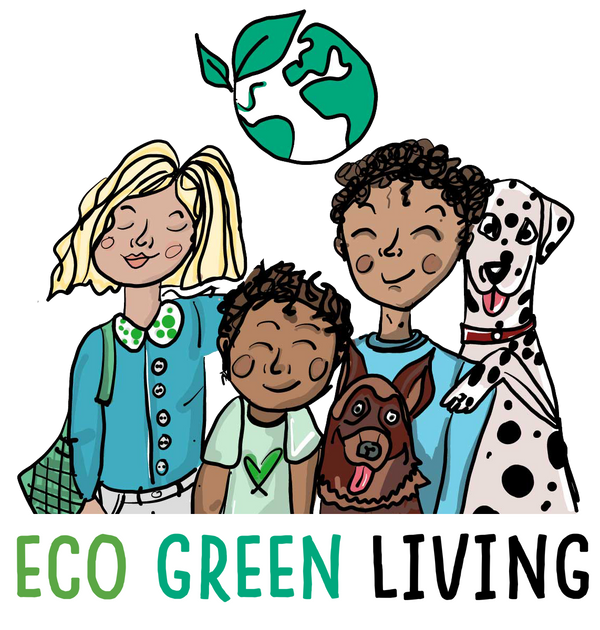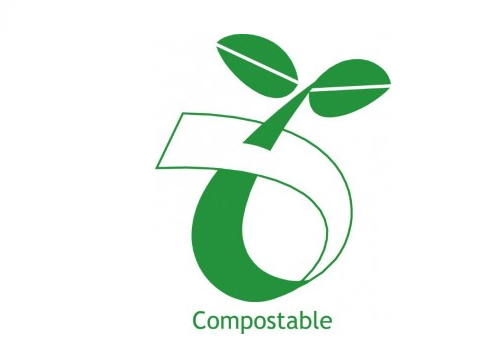How to Read Eco Labels (and Avoid Greenwashing)
Walk down any supermarket aisle and you’ll see packaging covered in green leaves, earthy tones, and words like “eco,” “biodegradable,” or “sustainable.” But how do you know what’s real and what’s just clever marketing?
Learning how to read eco labels helps you make informed choices, avoid greenwashing, and support brands that are genuinely working for the planet.
What Is Greenwashing?
Greenwashing happens when companies make their products look more environmentally friendly than they really are. It could be a misleading label, vague language, or a pretty green design hiding business as usual.
Some common examples include:
-
Vague claims: Words like “eco,” “green,” or “natural” without proof.
-
Misleading imagery: Leaves or recycling symbols used without certification.
-
Selective transparency: Highlighting one small eco feature while ignoring the rest of the impact.
Greenwashing makes it harder for customers to trust what they’re buying — and it slows progress toward a truly sustainable future.
The Eco Labels You Can Trust
Here are some of the most reliable eco certifications to look for when shopping for sustainable household products.
1. EN 13432 (Europe)
This certification guarantees that a product is industrially compostable. It must fully break down into CO₂, water, and biomass within 180 days, leaving no toxic residue or microplastics behind.
You’ll find this mark on Eco Green Living’s compostable bin liners, food bags, and cling wrap.
2. ASTM D6400 (USA)
The US equivalent of EN 13432. Products that meet this standard also break down safely under industrial composting conditions.
3. FSC (Forest Stewardship Council)
This logo appears on paper, cardboard, and wood products that come from responsibly managed forests. It ensures fair labor practices and forest regeneration.
Look for it on Eco Green Living’s parchment paper and cardboard packaging.
4. Seedling Logo
A widely recognized European mark for compostability. When you see the little sprouting seed, it confirms that the product meets the EN 13432 standard.
5. Plastic Free or Certified Home Compostable Marks

Some smaller organizations (like Plastic Free Foundation or TUV Austria) certify products for home composting — meaning they can break down in your garden compost, not just in industrial facilities.
How to Spot Misleading Eco Claims
Not every “eco-friendly” product lives up to its name. Here’s how to separate genuine sustainability from marketing fluff.
-
Check for a certification logo. Reputable eco claims are verified by third-party testing, not brand promises.
-
Read the small print. Phrases like “biodegradable where facilities exist” may sound good but can be meaningless without context.
-
Watch for over-generalization. If the label says “made from plants,” it doesn’t always mean plastic-free — some bio-based plastics still contain petroleum.
-
Be wary of green imagery. Logos and leaves are not the same as certifications. Always look for official standards like EN 13432 or FSC.
Smart Ways to Shop Sustainably
Choosing truly sustainable products doesn’t have to be complicated. Here’s how to make shopping simpler and more mindful:
-
Prioritize transparency. Choose brands that clearly explain how and where their products are made.
-
Start with essentials. Swap everyday items like bin liners, freezer bags, or parchment paper for certified compostable versions.
-
Do a quick label check. Look for recognized certifications before adding something to your cart.
-
Support mission-driven brands. Buying from companies that align with your values helps build long-term change.
At Eco Green Living, every product we make is certified, clearly labeled, and designed to help families make small, meaningful swaps that reduce waste — without confusion or compromise.
Final Thoughts
Eco labels aren’t just tiny logos on packaging — they’re the proof that a brand’s values match its promises. By learning what they mean, you can shop with confidence and avoid greenwashing altogether.
Every label you read and every swap you make adds up to a cleaner, more transparent future for everyone.
Ready to make confident choices? Explore our certified compostable range and start your plastic-free journey today.
Frequently Asked Questions (FAQs)
1. What’s the difference between compostable and biodegradable labels?
Compostable means the product fully breaks down into natural elements like CO₂, water, and biomass under composting conditions. Biodegradable is less specific and can still include petroleum-based materials.
2. What is the most trustworthy eco label for packaging?
In Europe, EN 13432 is the gold standard for compostable packaging. It ensures no toxic residues or microplastics remain after breakdown.
3. How can I tell if a product is greenwashing?
Look for third-party certifications rather than vague phrases like “eco-friendly” or “natural.” A real label will include a certification number or governing body.
4. Do all Eco Green Living products have certifications?
Yes. All Eco Green Living products are certified compostable and meet recognized standards like EN 13432 or equivalent marks.
5. Why are certifications important?
Certifications guarantee that environmental claims are independently verified, ensuring the product’s safety for both people and the planet.



